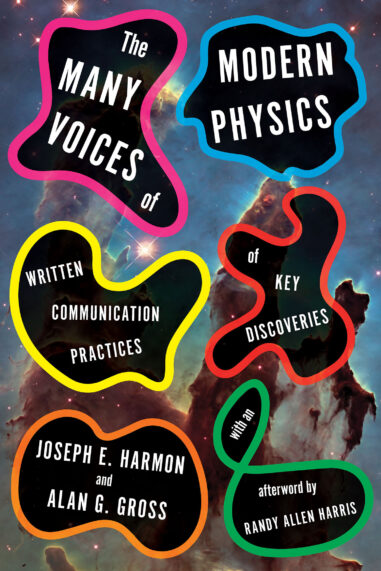
Hardcover $70.00
Request Exam or Desk Copy. Request Review Copy
The Many Voices of Modern Physics
Written Communication Practices of Key Discoveries
This exploration of communication in the physical sciences is much needed. Literary framing, engaging narratives, and careful analysis of communication artifacts come together to offer a tale that will pull the reader in and keep them along for the journey, even when—forget the complex equations—the very ideas seem so alien to the world we all apprehend. Indeed, the material is challenging, and the authors have masterfully handled the subject to provide nonphysicists with a vantage to observe this fascinating rhetorical world. Their engaging and enjoyable book makes a highly important contribution to fields of communication studies.


